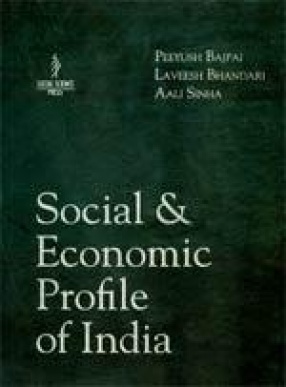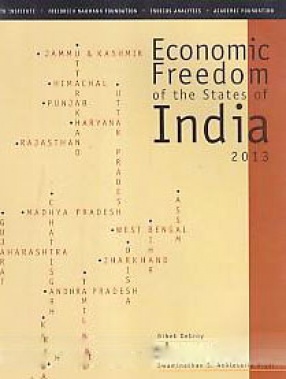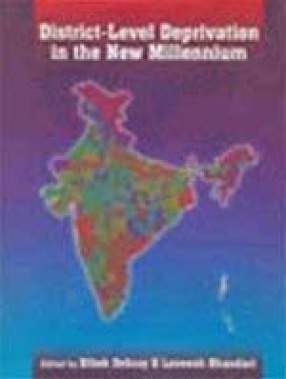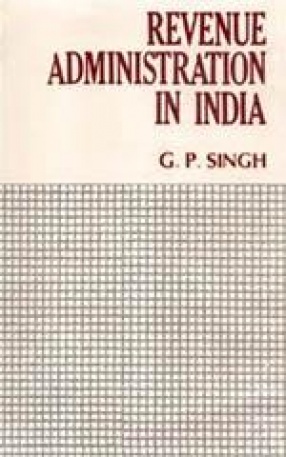District-Level Deprivation in the New Millennium
Synopsis
Increasing inter-State disparities across India have received some attention. What can be done to ensure that the trickle down benefits of growth percolate to all regions, and the backward areas are not bypassed? But while policy intervention is indeed needed to tackle the problems of poverty and deprivation, indentification of backward regions needs to go beyond State boundaries.The attempt in this volume is to take this identification down to the level of the districts and identification is pegged of the Millennium Development Goals and is based on six indicators-income poverty (poverty ratios), hunger, infant mortality rate, immunization, literacy rate and enrollment ratios. In addition, gender disparity is highlighted through female and male literacy rates, but not actually used in the process of identifying backwardness. Data used are estimates for 2001. A list of 69 backward districts is thrown up-26 in Bihar, 13 in UP, 10 in Jharkhand, 10 in Orissa, 6 in MP, 3 in Arunachal and 1 in Karnataka. These are India's mostdisadvantaged districts and the most backward. Geographically, they are contiguous to another 70-odd districts that are also fairly backward.
Read more
121.50
109.35
$
135.00 $
Free delivery Wolrdwidе in 10-18 days
Ships in 1-2 days from New Delhi
Membership for 1 Year $35.00
Get it now and save 10%
Get it now and save 10%
BECOME A MEMBER
Books by the same authors
-

Salvaging the WTO's Future Doha and Beyond
-

India: Redeeming the Economic Pledge
-

Challenges of Globalization
-

The India Mosaic: Searching for an Identity
-

Small-Scale Industry in India: Large Scale Exit Problems
-

Social & Economic Profile of India
-

Habits of Highly Effective Countries: Lessons for India
-

Economic Freedom of the States of India, 2013
Similar items




Bibliographic information
Laveesh Bhandari